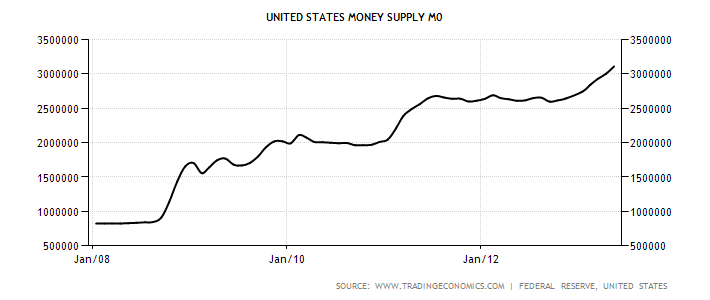A more confident US Federal Reserve moved markets this morning when it produced more upbeat forecasts for the US economy after its two day meeting in Washington.
Wall Street fell sharply, US interest rates jumped sharply, as did the US dollar, sending gold, oil and other commodities lower.
The Aussie dollar’s fall continued, down to under 93 US cents (a fall of more than 2.5 cents in a day) and that will go on in the wake of the Fed’s more confident outlook for the US economy.
The Reserve Bank will be happier to see the dollar fall as it waits for the economy to transition from the mining investment boom to broader domestically driven growth.
Markets in Asia, led by Australia and Tokyo will open weaker this morning with more losses forecast as the end of easy, cheap money from the Fed approach because the health of the US economy is returning to normal after five years of ultra low rates and spending from the Fed.
Much of the Fed’s commentary was anticipated by investors, but what took the eye was the Fed’s new belief that the US unemployment rate could fall to 6.5% by the end of next year – a year ahead of previous forecasts.
The Fed said in its post-meeting statement that Labour markets have shown “further improvement in recent months”…..the committee sees the downside risks to the outlook for the economy and the labour market as having diminished since the fall.”
That was probably the most significant change to the post meeting statement’s wording as previously the Fed had seen the risks as all being on the downside.
At his post-meeting press conference, Mr Bernanke suggested the Fed could start reducing its spending later this year and end it in mid-2014.
Fed sits on US rates and easing, but change is coming

That and other comments on asset purchases left markets as uncertain as they were before the meeting – which could have been a deliberate ploy.
He said that if the Fed stops buying in mid 2014, the unemployment rate would be around 7% (down from the 8.1% when it started QE3 last September). That isn’t a 6.5% rate, which perplexed the markets.
But the lower unemployment forecasts and downside risks suggest it is well on the way to its hurdle of a “substantial improvement” in the labour market. And Mr Bernanke made it clear that Fed bank will have to be convinced that the US economy is on a solid upward path before it starts to withdraw support.
He said the Fed’s willingness to apply the brakes is “still far in the future…our policy is in no way predetermined,” Bernanke said. “Our policies are tied to what’s going on in the economy.”
The Fed meeting was one of four a year when updated forecasts for the economy are issued in addition to the usual end of meeting statement, as well as the views of the collective 14 members of the Fed about the direction of interest rates. As well, chairman Ben Bernanke holds a post meeting press conference.
The 6.5% unemployment rate is the key determinant for the Fed, as it has said it would keep interest rates close to zero so long as the jobless rate was above that threshold.
Despite the improved outlook on unemployment, 14 Fed members expect the first rate hike in 2015, the Fed said. US bond markets have anticipated that move and yields on 10 year US bonds jumped to 2.33% in the wake of the Fed statements and commentary – that means they are up more than 0.70% in the past six weeks.
The Fed showed few concerns about US inflation,which remains well below the 2% target level. This fall, the Fed said would be temporary, but the forecasts showed lower estimates for 2013 and a rise back to near the 2% level for 2014 and 2015. In the statement, the Fed said inflation was low due to “transitory influences.”
The Fed also said US economic growth could top 3% in 2014 and 2015.
The US economy is clearly on the improve (higher housing starts last month and improved activity in some regions were reported this week).
America and the world can cope with normality returning. It will help the Aussie dollar fall and allow our economy to rebalance more quickly than it has been doing as the mining investment boom fades a little more quickly that previously thought.













